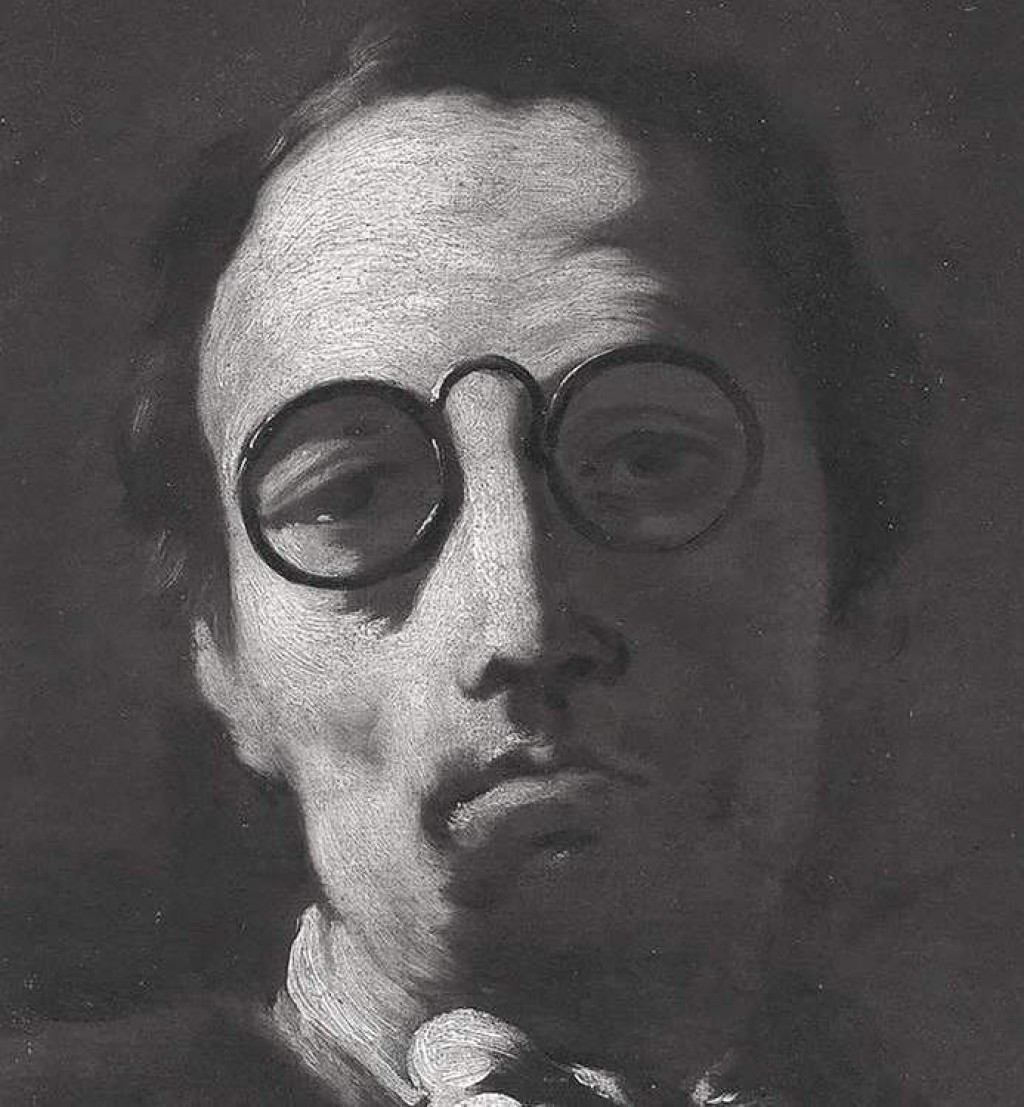Luca Giordano
Napoli 1634 - 1705
Introduced to art by his father Antonio, after having attended the studio of J. Ribera, just thirteen years old, in 1645, he went to Rome where, after having practiced copying great masters, he paid special attention to the study of the works of Raphael, Michelangelo, of Carracci and Polidoro da Caravaggio, collaborated with Pietro da Cortona.
He subsequently traveled to Venice in 1665, where he was confronted with the works of Veronese, Tintoretto and Titian. In Spain, at the request of King Charles II of Habsburg, he worked on various works such as the frescoes of the church of the Escorial Monastery and the cathedral of Toledo, in 1702 he returned to Naples via Genoa.
His artistic production is characterized by a great variety of themes and styles, ranging from religious painting to landscape painting, from portraiture to genre painting. His works are characterized by a refined formal elegance and a rich chromatic range, which give them great charm and extraordinary beauty.
Other important works include the decoration of the dome of the Corsini Chapel in Florence and the frescoes in the Certosa di San Martino in Naples.
His influence also extended to his students and followers, who imitated his decorative and theatrical style. Luca Giordano left a lasting imprint on the history of Baroque art, contributing significantly to the development of 17th-century European painting; His works highlight an interpretative autonomy and pictorialism that mark the transition from Baroque to Rococo.
He died in his hometown on January 23, 1705, continuing his prolific activity to the end.
